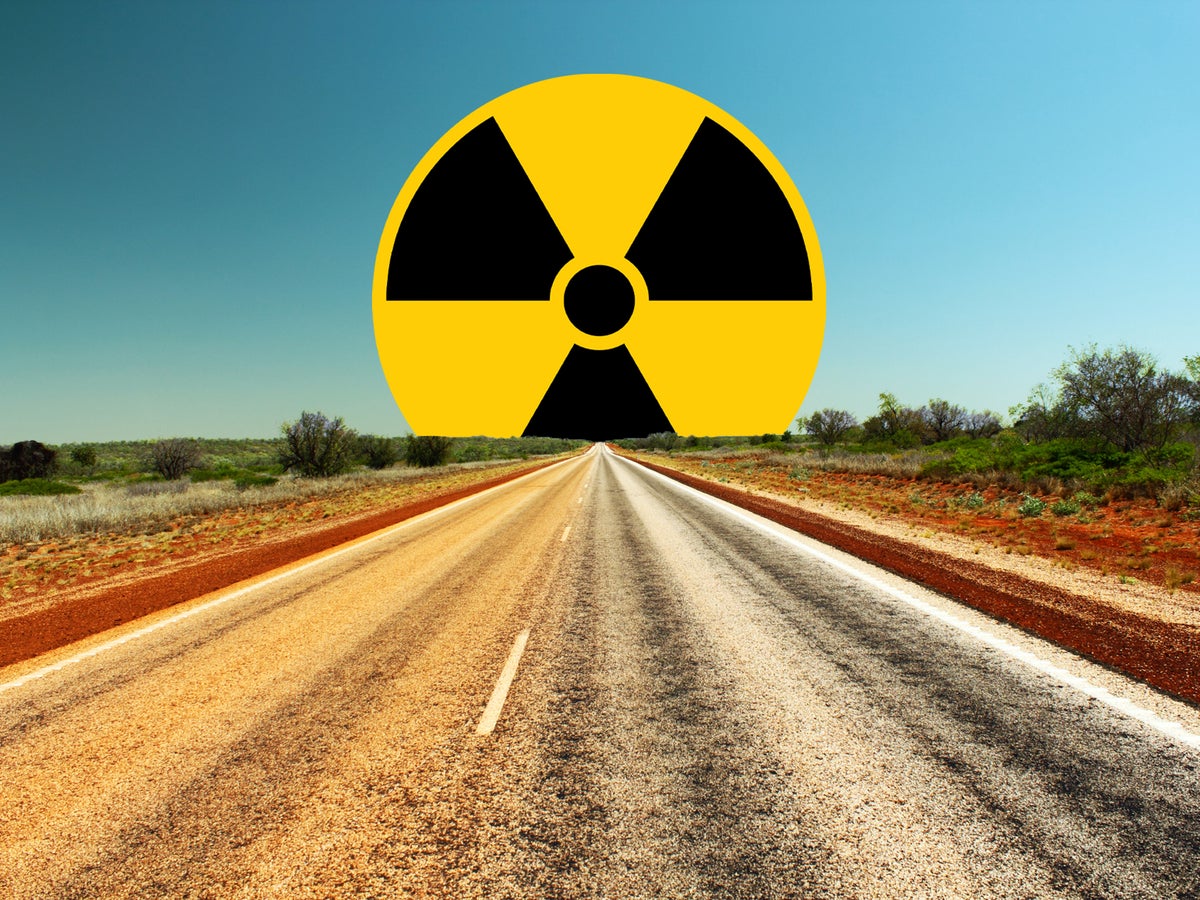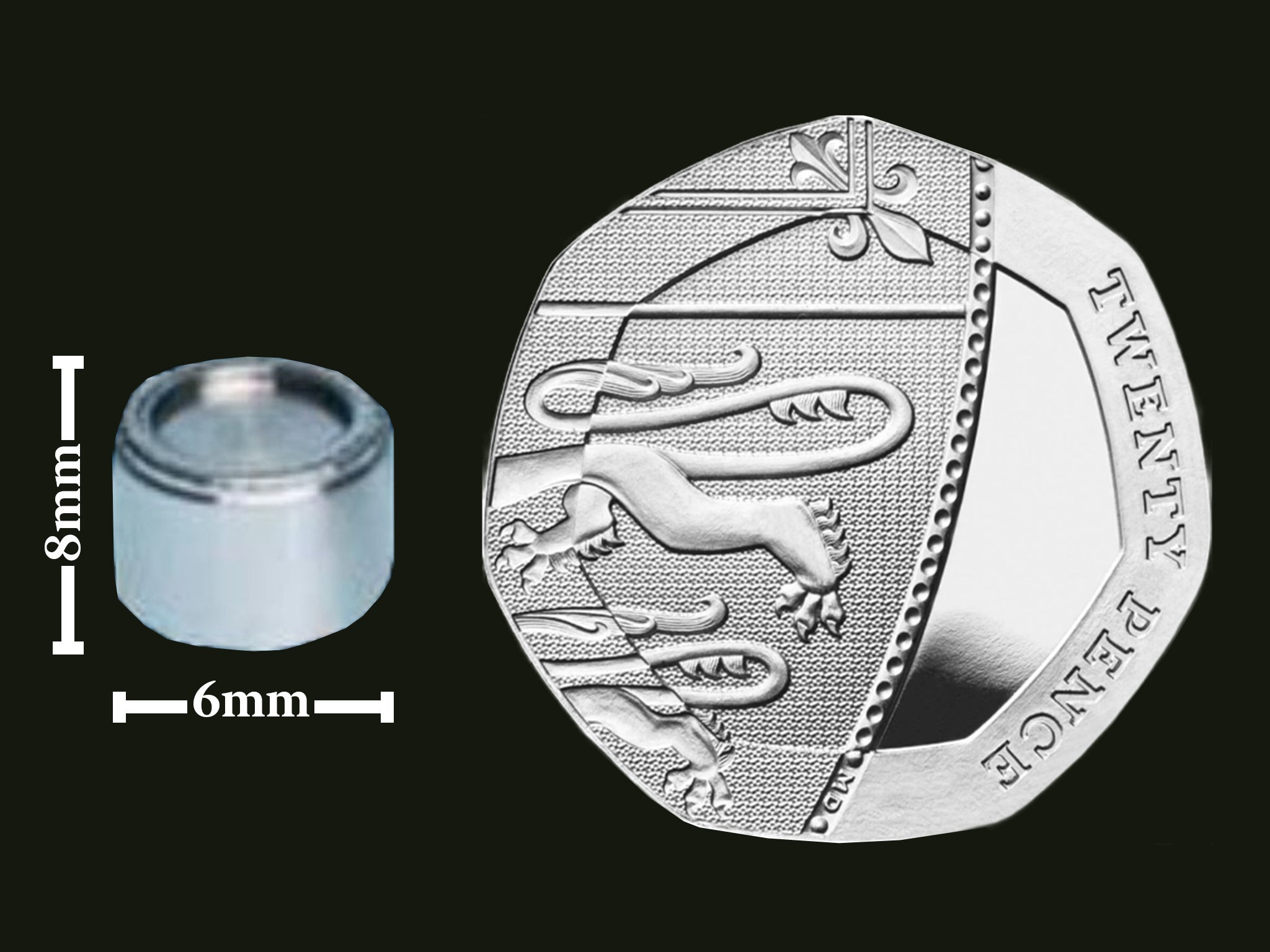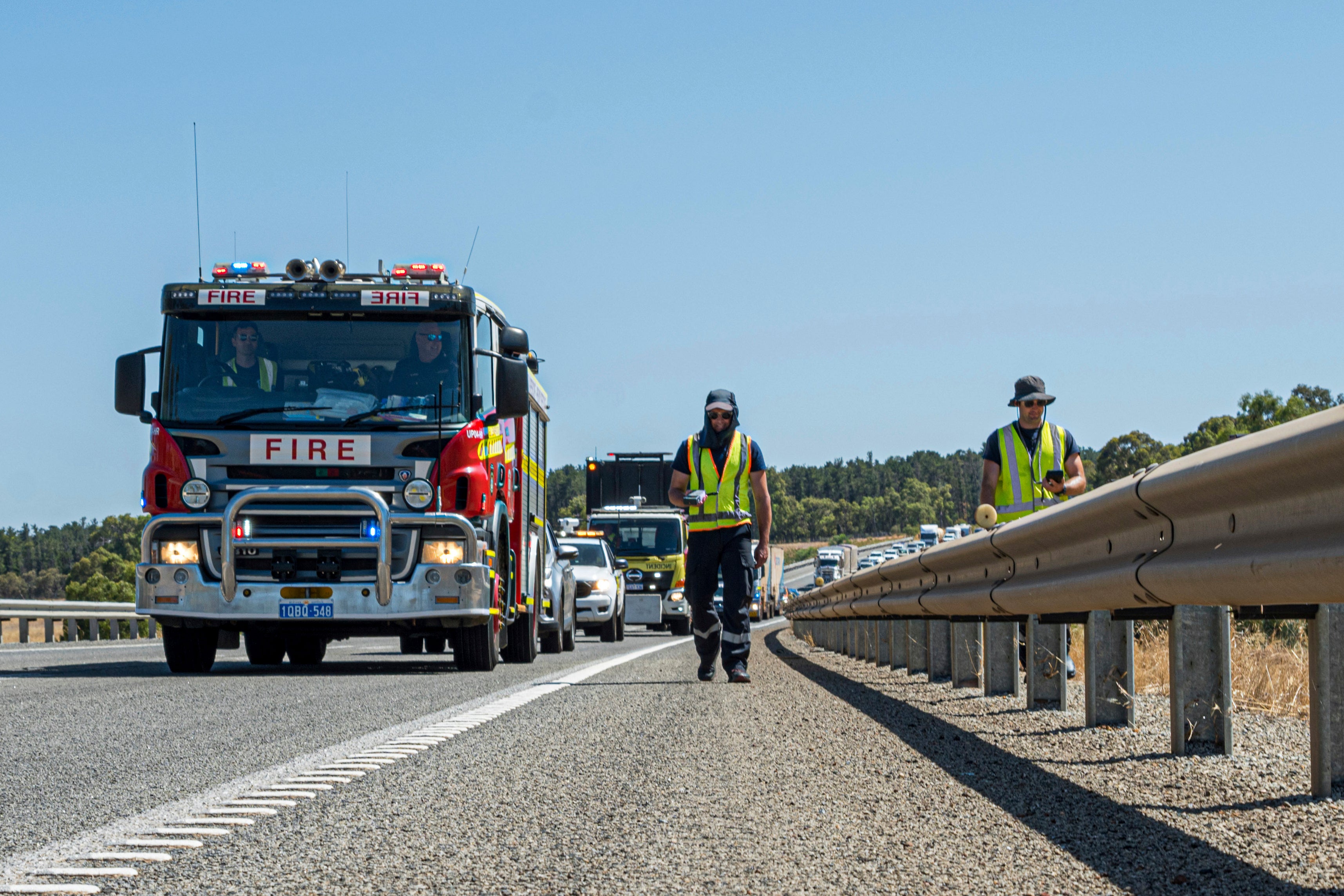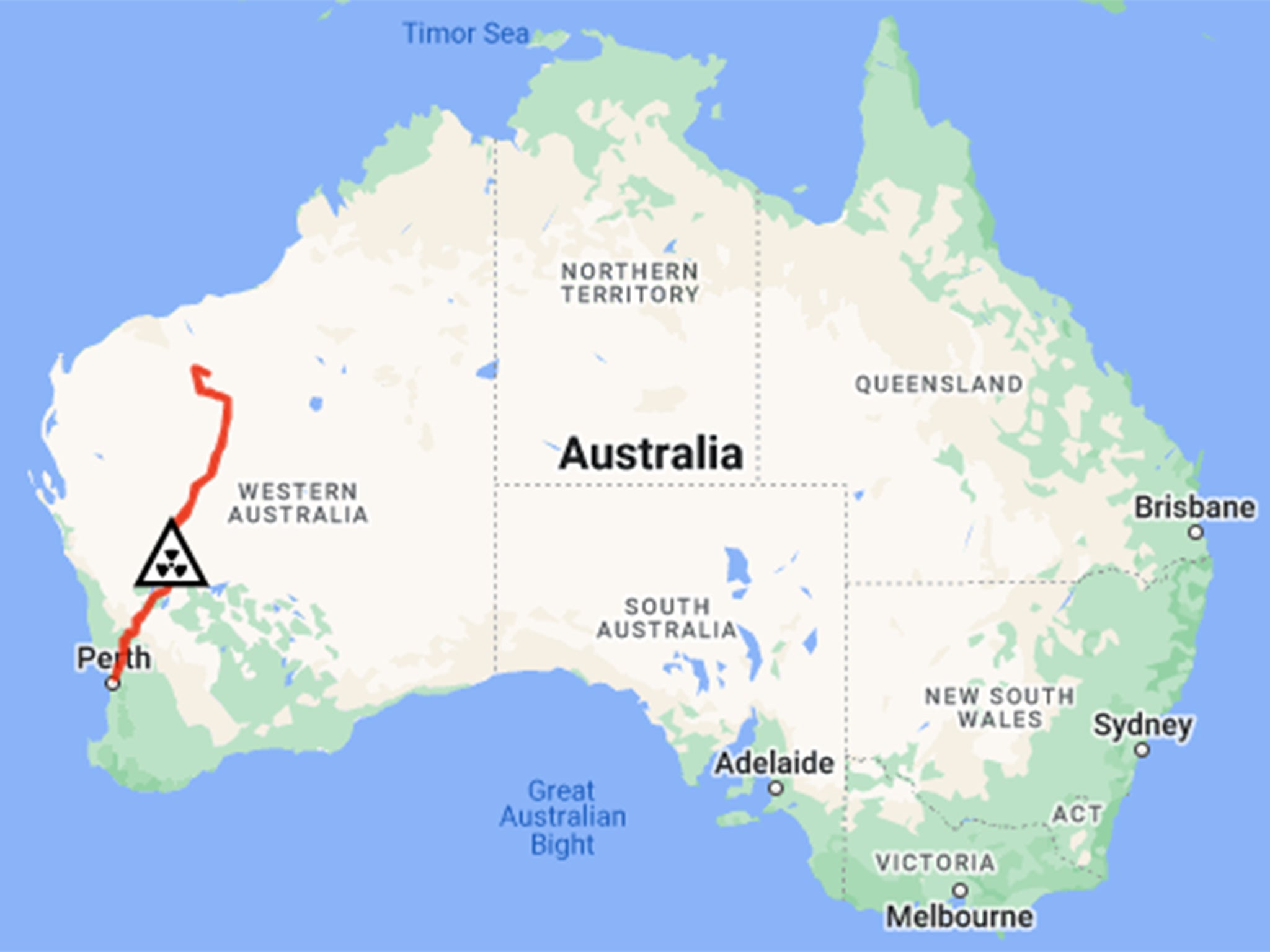
The road north from Perth now holds a risk of radiation burns or severe illness. It may do for decades.
The danger lies in a 6mm by 8mm capsule of caesium-137, a radioactive substance used in mining operations, that is thought to have fallen off the back of a lorry at some point on an 870-mile journey down Western Australia’s Great Northern Highway.
A search team has been tasked with scouring not only the entire stretch of highway but connecting roads and service stations. Some experts say it will be like searching for a needle in a haystack, though others believe technology will save the day.
Despite the fuss it has caused, the caesium was only ever meant to carry out a dull industrial function as part of a nuclear gauge that measured the density of iron ore pellets for Anglo-Australian mining giant Rio Tinto.
But it became a cause for statewide concern sometime after Thursday 12 January, when the gauge was picked up from Gudai-Darri mine deep in the Outback and taken to a depot in the Perth suburb of Malaga for inspection.
Workers coming to unpack the lorry last Wednesday found the gauge broken apart with screws missing and a mounting bolt from the surrounding wooden box out of place. Early investigations by authorities suggest vibrations from driving caused the fixings to come loose, allowing the radioactive capsule to fall out of the gauge and through a gap in the cargo bed.
Do not touch it. Do not put it in a bag. Do not put it in your car.— Western Australia Emergency Department
Lauren Steen, general manager of Radiation Services WA, told Australia’s ABC News that protocol demands any protective vessel for radioactive material be tested against vibration, heat and high impact. Ms Steen said while “anything’s possible” it would be very surprising if the company involved had not followed protocol. “To be honest we’re still scratching our heads,” she said.
Rio Tinto has apologised “for the alarm” and said it was “taking this incident very seriously”. Simon Trott, the firm’s iron ore division chief, said: “We have completed radiological surveys of all areas on site where the device had been, and surveyed roads within the mine site,” adding that Rio Tinto was conducting its own investigation into how the loss occurred.
Western Australia’s fire and emergency department says the general risk from the caesium capsule is low. But the state’s chief health officer says Andrew Robertson is worried: “Our concern is someone will pick it up, not knowing what it is, think this is something interesting [and] keep it.”

If any of the state’s 2.6 million residents happen to come across something resembling the capsule, they are instructed to call the fire department and “stay at least 5 metres away from it”.
“Do not touch it. Do not put it in a bag. Do not put it in your car,” reads the official warning.
Caesium-137 is an unstable isotope of the alkali metal whose explosive reaction to water is much teased by secondary school science teachers. The isotope is a by-product of nuclear fission and is present in the atmosphere in small amounts due to mid-20th century atomic weapons testing.
It has a half-life of just more than 30 years and the radiation from a concentration the size of the missing capsule is unlikely to be harmful without close exposure.

Professor Andrew Stuchbery, head of the Nuclear Physics department at the Australian National University, said: “From what I have read, if you drive past it, the risk is equivalent to an X-ray. But if you stand next to it or you handle it, it could be very dangerous.”
A person standing 1 metre away from the capsule will be hit with radiation equal to 17 chest X-rays per hour, according to Radiation Services WA (RSWA).
The real danger lies even closer. RSWA says at 1cm away the radiation would be 10,000 times higher, while if someone were to touch the capsule with their fingers they would suffer serious tissue damage. Health officials say there is also a risk of radiation sickness, while prologued exposure could cause cancer.
Officials have been searching for the missing capsule since last Wednesday, focusing on the densely populated areas north of Perth.

They are confident in their methods. “What we’re not doing is trying to find a tiny little device by eyesight,” said fire department superintendent Darryl Ray. He explains that the search team is using radiation detectors which will hopefully pick up the gamma rays emitted by the caesium.
“That’s like if you dangled a magnet over a haystack, it’s going to give you more of a chance,” said Prof Stuchbery.
The truck’s GPS data is also being examined to determine the exact route the driver took and where they stopped en route.
What has authorities most worried is the prospect of the capsule getting lodged in the tyre of a passing car. Then it could be anywhere.







